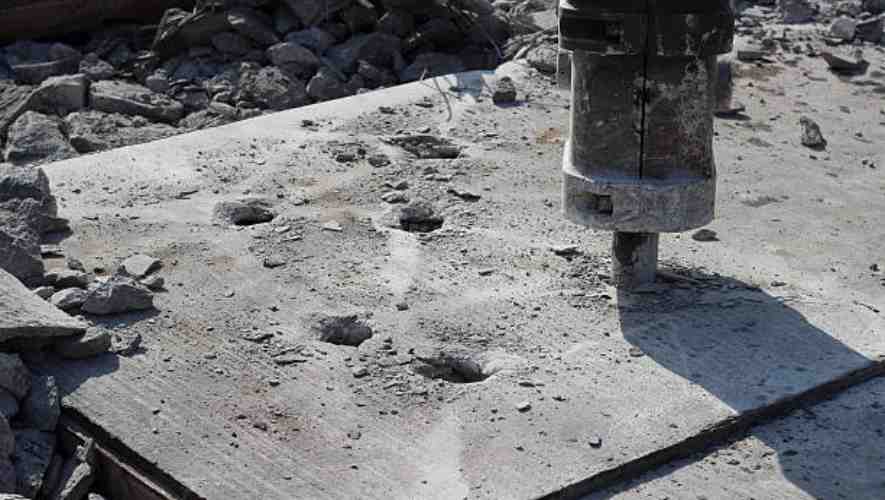If you’re wondering about the right time to drill into freshly poured concrete, you’re not alone. This is a critical question for both DIY enthusiasts and professional builders. Drilling too soon can damage the concrete, while waiting too long might delay your project. Understanding the curing process of concrete is essential for ensuring the durability and integrity of your work.
How Long After Pouring Concrete Can You Drill Into It? It’s advisable to wait at least 28 days after pouring concrete before drilling. This duration allows the concrete to achieve approximately 90% of its full strength, ensuring a stable and secure surface for drilling.
This blog aims to provide you with comprehensive insights into the concrete curing process and the best practices for drilling into new concrete. You’ll learn not only the ideal waiting period but also tips on how to determine if the concrete is ready for drilling. Whether you’re installing fixtures, doing home renovations, or involved in construction work, this guide will equip you with the knowledge to proceed with confidence and efficiency.
Stages of Concrete Curing
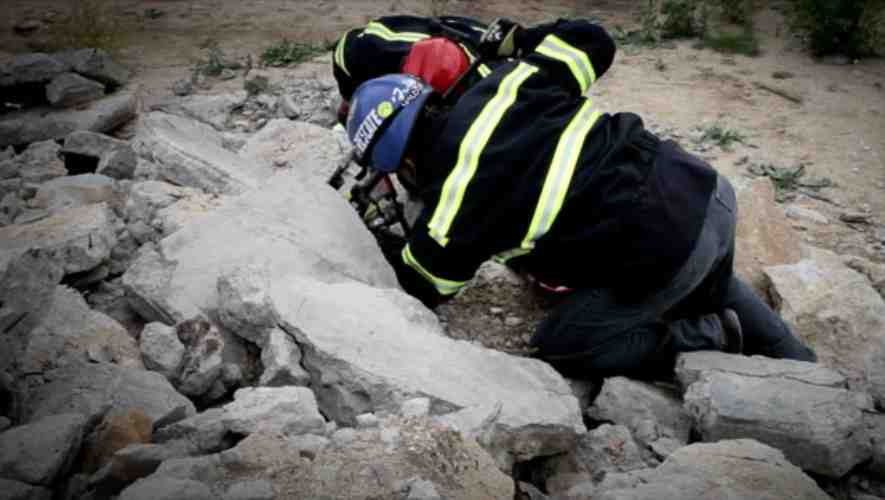
Initial Set and Final Set: Definitions and Timeframes
The process of concrete curing begins with the ‘initial set,’ a phase where the concrete starts to harden and lose its plasticity.
This stage is crucial as it marks the beginning of the concrete’s transformation from a moldable mixture to a solid structure. The duration of the initial set can vary, typically ranging from 30 minutes to several hours, depending on factors like temperature and concrete composition.
Following this, the ‘final set’ occurs, marking the point at which the concrete has hardened sufficiently and can withstand surface pressure without deformation. The timeframe for the final set is generally within a few hours to a day after pouring.
Strength Development Over Time: How Concrete Gains Strength
As concrete cures, its strength development is a gradual process that continues over time. Initially, the strength gain is rapid, with a significant portion of the final strength achieved within the first few days.
The rate of strength gain gradually decreases as time passes. The concrete continues to develop strength for weeks or even years after pouring, with factors such as the type of cement, mix proportions, and curing conditions influencing the rate and extent of strength development. Proper curing is essential to achieve the desired strength, durability, and other properties of the concrete.
The Critical Role of Hydration in Curing
Hydration plays a pivotal role in the curing process of concrete. It is the chemical reaction between water and the cement particles in the concrete mix that leads to the formation of new compounds, contributing to the hardening and strengthening of the material.
Maintaining adequate moisture is crucial during this process, as it ensures the continuation of the hydration reaction. Insufficient hydration can lead to incomplete curing, resulting in weaker, more porous concrete with reduced durability.
Thus, methods such as water curing, covering with wet burlap, or using curing compounds are employed to retain moisture and ensure effective hydration throughout the curing period.
Standard Guidelines for Drilling in Concrete
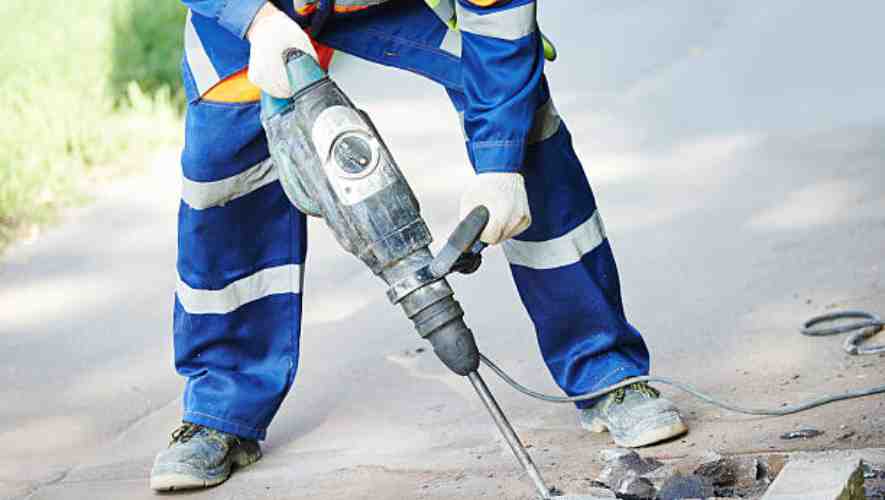
Industry standards and recommendations (such as ASTM or ACI guidelines)
Industry standards and recommendations, such as those from the American Society for Testing and Materials (ASTM) and the American Concrete Institute (ACI), play a crucial role in ensuring safe and effective drilling in concrete.
These guidelines encompass a range of factors, including the type of concrete, the size and depth of the drill hole, and the environmental conditions. Adhering to these standards not only ensures compliance with regulatory requirements but also guarantees the quality and longevity of the drilling work.
General Timeframe for Drilling after Pouring: Safe Estimates
The general timeframe for drilling into newly poured concrete is a vital consideration for maintaining structural integrity. Typically, it is recommended to wait at least 28 days after pouring before drilling, as this allows the concrete to achieve its designed strength.
This period can vary based on factors such as concrete mix, temperature, and humidity. It is essential to consult with a structural engineer or refer to relevant guidelines for specific projects to determine the safest and most effective time for drilling.
Risks of Drilling Too Early: Structural Integrity and Potential Damages
Drilling into concrete before it has adequately cured can lead to several risks, primarily concerning the structural integrity of the material. Premature drilling may cause cracking, reduce the concrete’s load-bearing capacity, and compromise the longevity of the structure. Moreover, it can lead to costly repairs and safety hazards. Therefore, understanding and respecting the curing process is crucial for preventing potential damages and ensuring the stability and safety of the concrete structure.
Factors Influencing Drilling Time
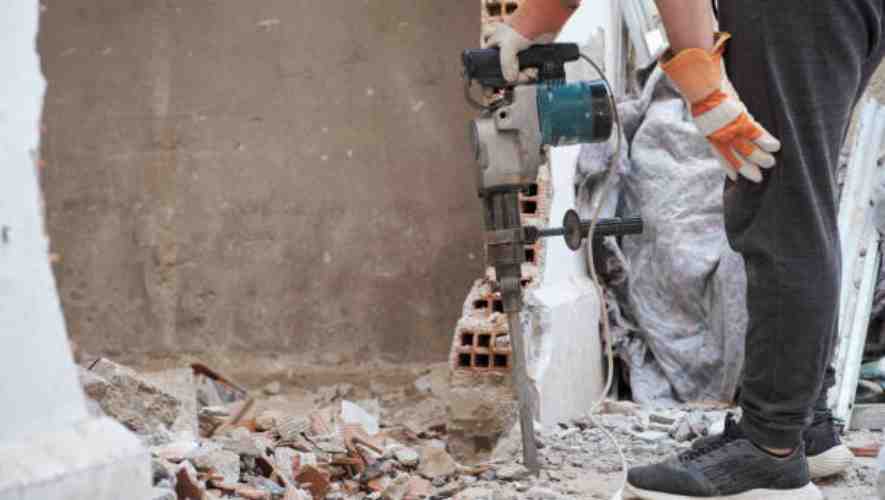
Impact of Environmental Conditions: Temperature and Humidity
Environmental conditions, particularly temperature and humidity, play a significant role in influencing drilling time.
High temperatures can cause equipment to overheat, reducing efficiency and potentially leading to downtime for cooling or maintenance. Conversely, extreme cold can stiffen materials and make machinery less responsive.
Humidity also impacts drilling time; high humidity levels can lead to condensation on equipment and materials, making them slippery and harder to handle, while low humidity can increase dust and particulate matter, which can clog machinery and reduce visibility.
The Role of Concrete Mix and Additives
The composition of the concrete mix and the additives used are critical factors in determining drilling time. Additives that are designed to enhance strength or speed up curing time can make concrete harder, thus requiring more time and effort to drill through.
On the other hand, additives that increase workability might reduce drilling time but could compromise the structural integrity. The aggregate size in the mix also affects drilling; larger aggregates can make the concrete tougher to penetrate, increasing the time needed for drilling operations.
Thickness and Reinforcement of Concrete: How They Affect Curing and Drilling Times
The thickness and reinforcement within concrete structures significantly impact both curing and drilling times. Thicker concrete sections take longer to cure properly and are more challenging to drill through due to the increased volume of material.
Reinforcement, such as steel bars or mesh, can add another layer of complexity, as drilling through these materials requires more time and specialized equipment. The positioning and density of the reinforcement within the concrete can also affect drilling paths, potentially increasing the time required for completion of the task.
Testing and Verification Before Drilling
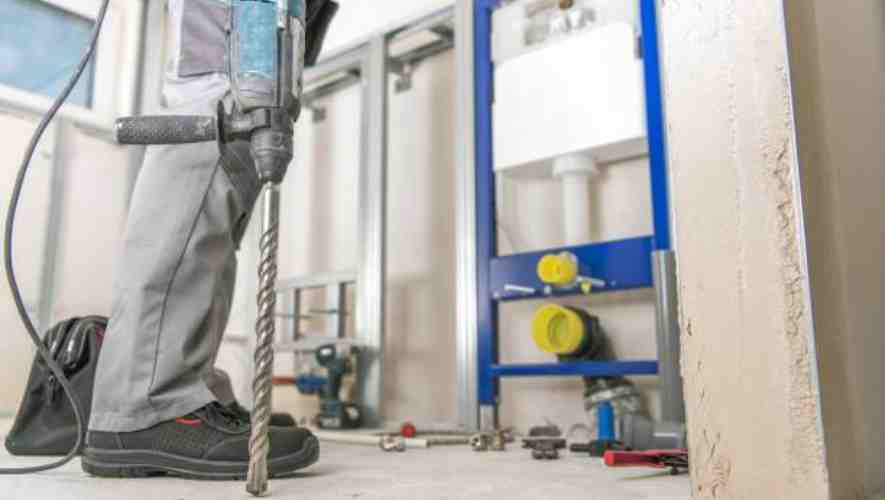
Assessing Concrete Strength and Readiness for Drilling
Before initiating any drilling operation in concrete structures, it is crucial to determine the strength and readiness of the concrete.
This process involves evaluating the concrete’s age, hardness, and overall integrity to ensure it can withstand the stress of drilling. Engineers utilize various methodologies, such as core sampling and ultrasonic testing, to assess these parameters accurately.
This assessment not only guarantees the safety of the drilling operation but also helps in selecting the appropriate tools and techniques, thereby preventing damage to the concrete structure.
The Use of Non-Destructive Testing Techniques
Non-Destructive Testing (NDT) techniques play a vital role in evaluating the condition of concrete before drilling. These methods, including Ground Penetrating Radar (GPR), Ultrasonic Pulse Velocity (UPV), and Rebound Hammer tests, offer a means to inspect the interior of the concrete without causing any damage.
NDT techniques are invaluable in detecting hidden features like rebar, conduits, and voids, as well as in assessing concrete homogeneity and strength. The use of these techniques minimizes the risk of structural damage and ensures the drilling can be carried out safely and effectively.
Importance of Professional Assessment and Decision-Making
Professional assessment and decision-making are critical components in the pre-drilling phase. Engaging experts who specialize in structural analysis and concrete assessment is essential for accurate interpretation of test results and making informed decisions.
These professionals can identify potential risks, recommend the most suitable drilling methods, and ensure compliance with building codes and safety standards. Their expertise is invaluable in mitigating risks associated with drilling and ensuring the longevity and integrity of the concrete structures
Conclusion
Waiting for at least 28 days after pouring concrete before drilling ensures the material has reached sufficient strength for safe and effective work.
In conclusion, patience is key when working with new concrete. The 28-day waiting period is a general guideline, but factors like temperature, humidity, and concrete mix can affect curing time. Always assess the concrete’s hardness and consult with professionals if in doubt. Remember, taking the time to allow concrete to properly cure can save you from potential structural problems in the future. With this knowledge, you’re now better prepared to tackle your concrete projects with the right balance of timing and technique.

